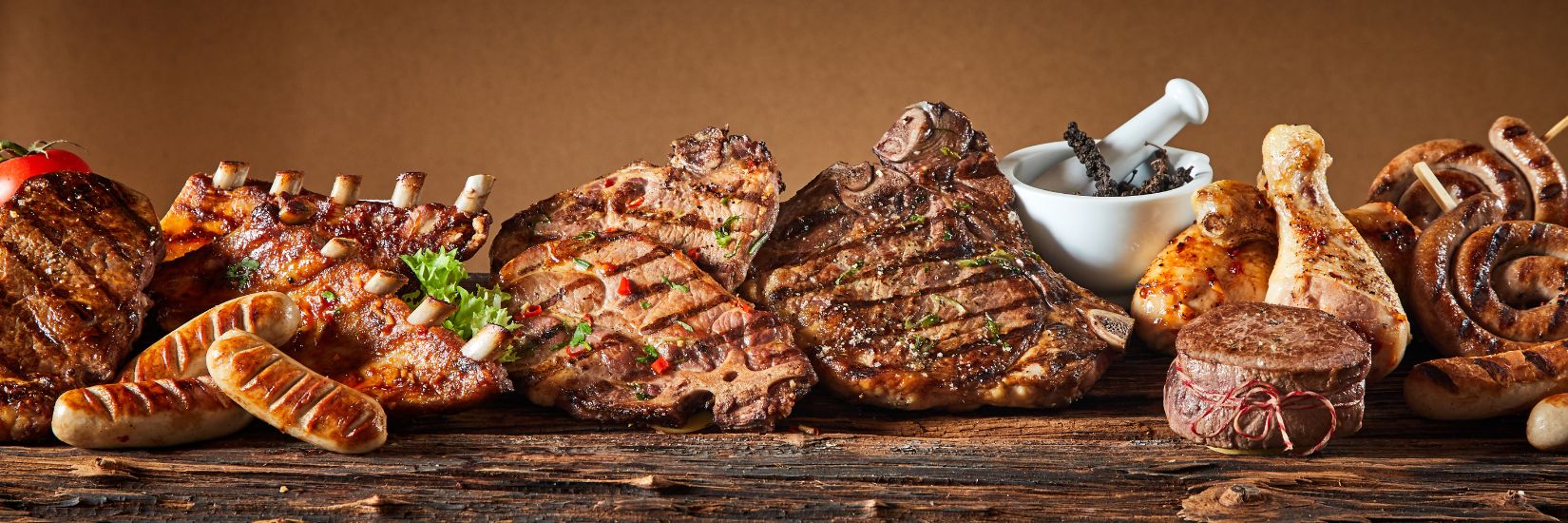
Gammon - Smoked, Boneless, Rolled
£21.50
Sale
Gammon - Smoked, Boneless, Rolled
£21.50
Item is in stockOnly 0 left in stockItem is out of stock
Item is unavailable
Free delivery on orders over £50
Chilled food arrives in cool packs
Collect in- store - no delivery charge! Order by 12pm Thurs for Sat pm collection
naturally oak smoked salt sugar preservatives Sodium Nitrite antioxidant sodium ascorbate
Allergens are highlighted in bold.
Chippenham Unit
The Black Farmer, Unit 10, Bumpers Farm Enterprise, Vincients Road, Chippenham, SN14 6QA
Brixton Store
The Black Farmer Brixton Farmshop. 25-27 Market Row, London SW9 8LD
White City Store
The Black Farmer, Unit 1, 2 Television Centre, 101 Wood Lane, White City, W12 7FR
Frequently Asked Questions
A boneless rolled gammon joint is the hind leg of British pork that has been cured, the bone removed and the meat rolled for easy carving. Unlike standard gammon joints (which may still contain the bone), the boneless rolled format offers convenience, uniform slicing and more consistent cooking — while retaining the rich, traditional flavour of oak-smoked British gammon.
To cook for best results: preheat your oven to roughly 170 °C (150 °C fan) / Gas Mark 3. Place the joint in a roasting tray with a splash of water, cover with foil and roast for approximately 30 minutes per 500 g plus an extra 30 minutes. For a glazed finish, brush on a mix of honey, brown sugar and mustard in the final 15 minutes, removing the foil. After cooking, allow at least 10 minutes’ rest before carving. This method ensures tenderness, flavour and a golden exterior.
Smoked gammon – especially when sourced from high-welfare British pork – offers a rich source of protein (around 26 g per 100 g) and relatively moderate calories (approx. 177 kcal per 100 g). Although it can be higher in salt and fat than lean pork cuts, when used in moderation as part of a balanced diet it provides flavourful variety and quality protein, making it a sensible choice for many meal occasions.






